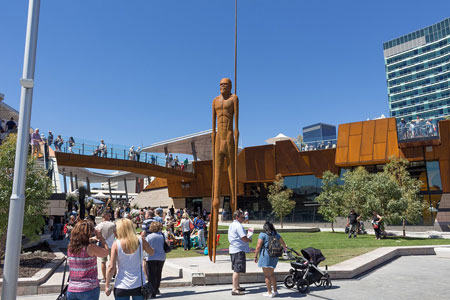Perth Translation Services » Turkish translator » Turkish Technical Translation
Turkish Technical Translation
Perth translation uses full-time, professional Turkish translators for Turkish technical translations.
Turkish technical translations are required across many industries, including food processing, fuel refinery, energy and mining, solar, waste treatment, manufacturing, civil construction and mechanical engineering.
Turkish Technical Translators
Upload your documents for translation
Latest Testimonials


About the Turkish Language
Turkish is the most widely spoken of the Turkic languages, with around 10–15 million native speakers in Southeast Europe (mostly in East and Western Thrace) and 60–65 million native speakers in Western Asia (mostly in Anatolia).
Turkish as an official EU language, even though Turkey is not a member state.
The earliest known Old Turkic inscriptions are the three monumental Orkhon inscriptions found in modern Mongolia. Erected in honour of the prince Kul Tigin and his brother Emperor Bilge Khagan, these date back to the second Turk Kaghanate. After the discovery and excavation of these monuments and associated stone slabs by Russian archaeologists in the wider area surrounding the Orkhon Valley between 1889 and 1893, it became established that the language on the inscriptions was the Old Turkic language written using the Old Turkic alphabet, which has also been referred to as "Turkic runes" or "runiform" due to a superficial similarity to the Germanic runic alphabets.
With the Turkic expansion during Early Middle Ages (c. 6th–11th centuries), peoples speaking Turkic languages spread across Central Asia, covering a vast geographical region stretching from Siberia and to Europe and the Mediterranean. The Seljuqs of the Oghuz Turks, in particular, brought their language, Oghuz—the direct ancestor of today's Turkish language—into Anatolia during the 11th century. Also during the 11th century, an early linguist of the Turkic languages, Mahmud al-Kashgari from the Kara-Khanid Khanate, published the first comprehensive Turkic language dictionary and map of the geographical distribution of Turkic speakers in the Compendium of the Turkic Dialects (Ottoman Turkish: Divânü Lügati't-Türk).

